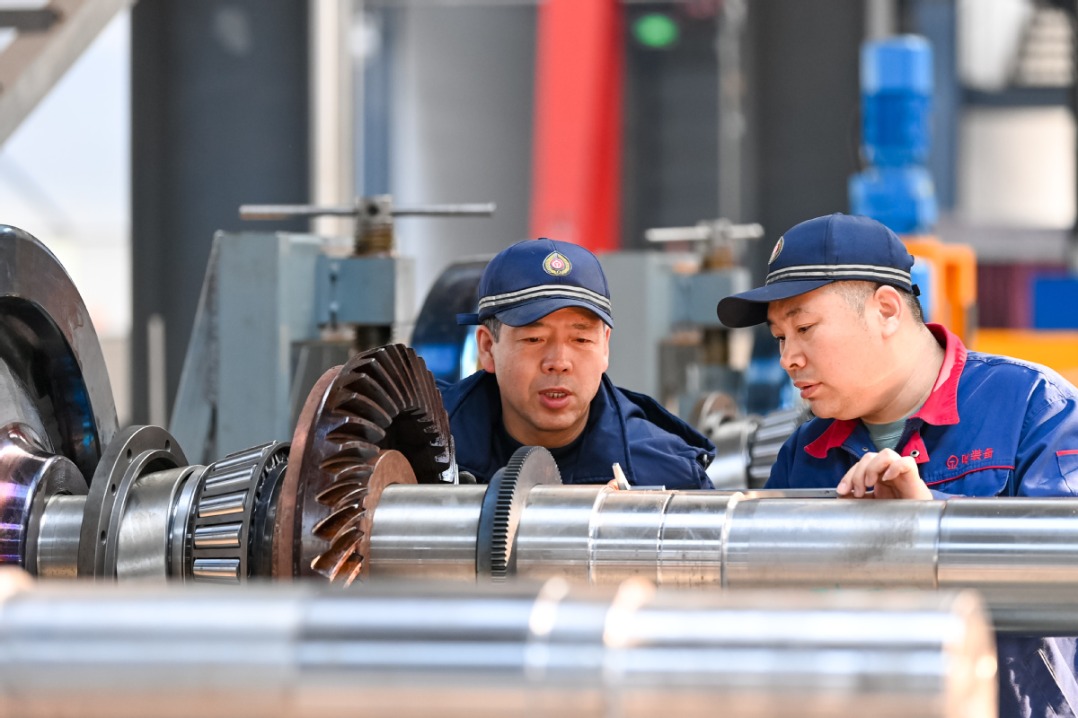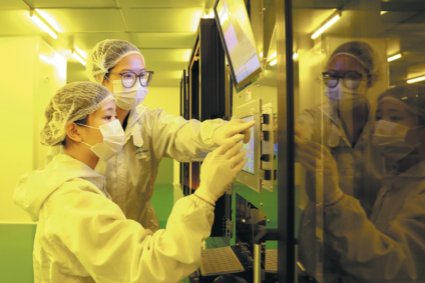Securities reform backs real economy, savers


A comprehensive revision of China's Securities Law was approved by the National People's Congress on Dec 28, 2019 and will go into effect on March 1. This will shift the financial enforcement system from one requiring prior approval and evaluation before initial public offerings to a system that focuses on requiring companies to fully disclose all material facts to investors.
The new regulatory system also sharply increases the penalties for false disclosure or non-disclosure and increases legal protections for small investors.
The social purpose of capital markets is to facilitate using the savings of individuals to support capital investments in productive companies. Market forces are essential to ensuring that the capital is directed to useful purposes.
But it seems somewhat ironic that strong government regulation and constant enforcement are needed to make this key market work. Without clear information about the companies they are investing in and some assurance that company executives will act in the interests of investors, savers will be unwilling to trust the market.
"Making the financial sector better serve the real economy has been the major purpose of financial reform," explained Zhu Ning, deputy dean of the Shanghai Advanced Institute of Finance. "The new securities law is a change of spirit-giving law enforcement and regulators more power in terms of enforcing what has been written in the law."
A key provision of the new law has been tested by the Sci-Tech Innovation Board, called the STAR Market, of the Shanghai Stock Exchange since its creation in July 2019.
Previously, IPOs were closely vetted by the government and the companies were required to show sustained profitability in order to list. The initial offer price was set low enough that almost all new issues rose above the initial price.
The new system will require companies using IPOs to register with the government, but the price will be set by the market, requiring investors to be responsible for assessing the prospects of the companies.
Under the old system, tech startups were often not allowed to list because they were unprofitable, even if they had strong prospects for future growth. The new system leaves these decisions, and the inherent risks, up to investors.
This new system is similar to the financial regulation strategies of the European Union, the United States and the United Kingdom, so it will also encourage international investment in the Chinese stock and bond markets.
More importantly, according to Zhu, Chinese investors have seen the IPO registration process as a kind of government stamp of approval for the stocks-strengthening the belief that there is an implicit government guarantee and discouraging investors from doing proper fundamental research and due diligence.
"The registration-based IPO system is trying to solve two problems with one stone," said Zhu. "The first is to help more companies list their shares and get better financing.
"Second, if you do too much encouragement, a lot of bad apples are going to pop up. So, at the same time they are trying to say, 'yes, we are going to allow more freedom in listing your shares, but the listed companies and the professionals helping the companies have to be held liable for whatever bad consequences that come out of mis-disclosure or non-disclosure of material information.' That is the main direction," said Zhu.
This policy is similar to the US Dodd-Frank Act of 2010, which was implemented to clean up the financial system after the 2008 global financial crisis by strengthening regulatory insight over financial institutions, attempting to strengthen market discipline by eliminating expectations of government bailouts, and increasing consumer protection.
Paradoxically, the corporate bond defaults that have happened in China over the past several years are also a sign that market reform is working. They force investors to be cautious about where they put their money, instead of relying on an implicit government guarantee-this reduces the total risk in the system and helps ensure that funds flow to the best companies. However, more still needs to be done to strengthen the bankruptcy system and to protect bondholders against being ripped off by company executives or equity owners.
The history of stock market reform in the US shows various alternative approaches to reforming markets, with some positive lessons and many examples of regulatory policies to avoid.
During the 1920s, known as the "roaring 20s", the valuation of the New York Stock Exchange soared as new technologies-radio, electrification and cars-changed the economy and on the basis of optimism after the end of World War I. But, the NYSE was so-called self-regulated, with very little legal control.
Insiders used all kinds of shenanigans to steal the money of average investors. Insider trading, company executives with special information trading before the public, was rampant. Brokers would push up prices, then sell out before the collapse.
The president of the NYSE went to prison for outright theft of a customer's money. Without reform and strong government intervention, the great crash of 1929 would have been the end of US stock markets because no one would have trusted their savings to such a corrupt system.
The securities acts of 1933 and 1934 were based largely on the principle of disclosure. All publicly traded companies were required to file detailed accounting statements with the government, so that average investors could have the fundamental financial information they need to decide whether to invest or not. Strong criminal penalties were created to try to stop insider trading, broker malfeasance, and other ways that had been used to steal from the public.
Of course, this system has not worked perfectly. Especially leading up to the 2008 market crash, many companies shaped their accounting statements to hide information about risks from the public. And, the Securities and Exchange Commission, the US regulator of capital markets, has so few people that it is hard for them to catch all the crooks. But the system has worked well enough to allow the continued existence of the capital markets.
The sharp rise in valuation and in foreign investment are good signs that the reforms are giving investors confidence in the Chinese stock markets.
China's A-share market was the highest performing stock market in the world in 2019, rising 31 percent compared to 22.3 percent for the US' S&P 500 index, 8.5 percent for the UK's FTSE 100 and 11.5 percent for Japan's Topix index-though, of course, past performance does not promise future performance in any of these markets. And, the A-share market suffered large losses in 2018. The huge 2019 rise in the A-share market is especially impressive in the face of trade frictions with the US.
In an expression of confidence, MSCI, the leading compiler of global market indices, quadrupled the percentage of funds allocated to the China market in relevant indices. For example, China's A shares will have a weight of 12.1 percent in the MSCI China index and 4.1 percent in the MSCI Emerging markets index. Analysts at the China International Capital Corp (CICC) estimate that the total MSCI weighting adjustments in 2019 will result in an additional inflow of around $60 billion into the China markets.
As we have seen in every stock market around the world, no regulatory system is perfect. But China's new securities law revision will be a big step toward ensuring that capital flows to the most productive companies in the real economy and that investors are protected.




































